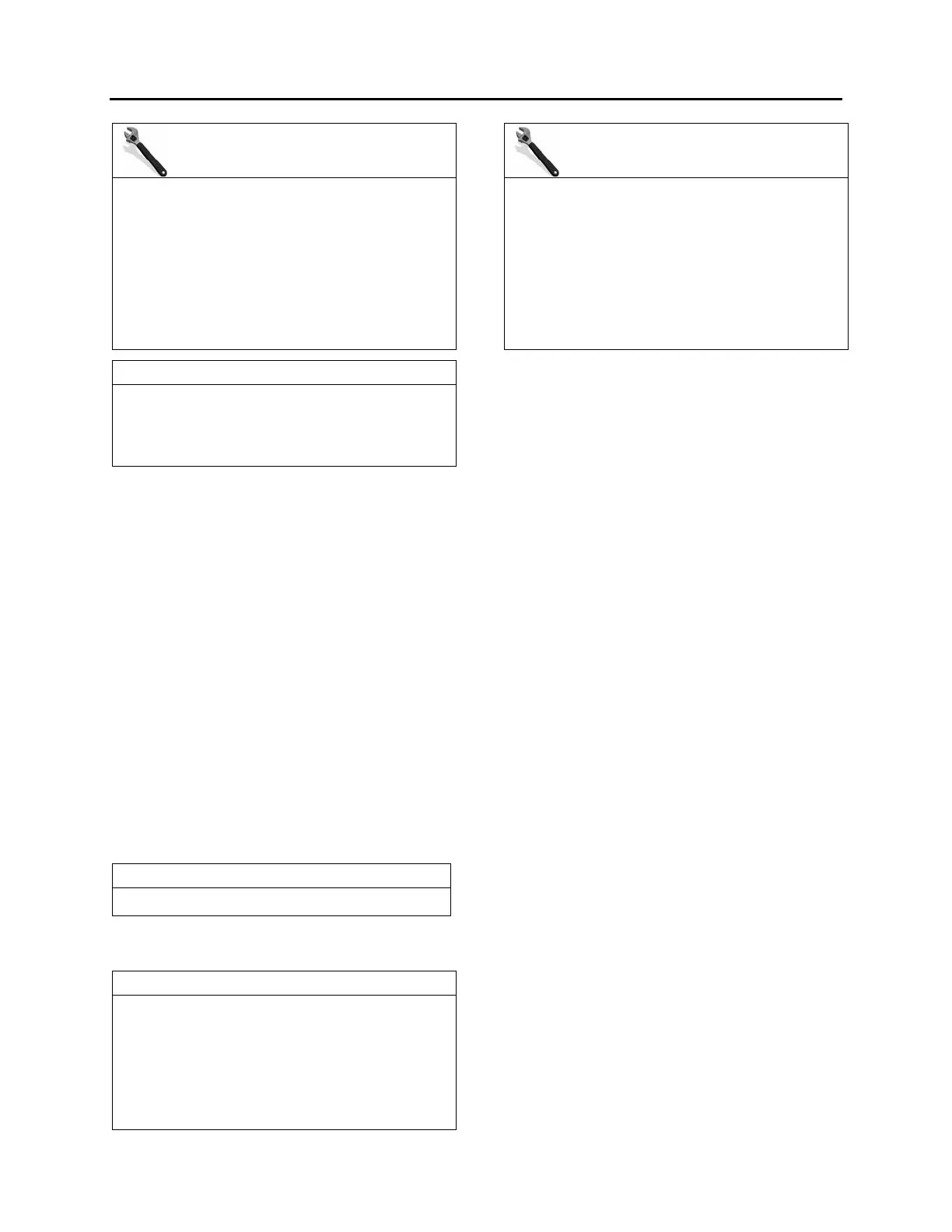Section 05: COOLING SYSTEM
PA1562
5
MAINTENANCE
Drain, flush, thoroughly clean and refill the
system every two years or every 200,000 miles
(320 000 km), whichever comes first. For
vehicle equipped with coolant filters, change
the precharge element filter or the existing
maintenance element filter for a new precharge
element filter. If the vehicle is not equipped with
filters add the recommended inhibitor
concentration to the antifreeze/water solution.
NOTE
Do not add inhibitors to the antifreeze / water
solution if vehicle is equipped with a coolant
filter containing Supplemental Coolant
Additives (SCA).
Coolant must be discarded in an
environmentally safe manner.
2.2.1 Vehicles without coolant filters
Refer to Nalcool 3000 with Stabil-Aid bulletin
annexed to the end of this section for preventive
maintenance (at each oil change) and initial
treatment instructions (each time the cooling
system is drained and flushed).
2.2.2 Vehicles with coolant filters
Change the coolant precharge element filter for
a maintenance element filter at initial oil change
(see "Specifications" at the end of this section)
and replace existing maintenance element filter
with a new one as per "SPIN-ON COOLANT
FILTER" in this section. A precharge element
filter must be installed each time the cooling
system is drained and flushed prior to installing
a maintenance element filter.
NOTE
The precharge coolant filter contains inhibitors.
2.3 VEHICLES EQUIPPED WITH VOLVO D13
ENGINE
NOTE
For additional information concerning Volvo
D13 engine components or engine-related
components, consult Volvo Trucks Canada or
Volvo Trucks North America Web Site under:
Parts & Service. On Volvo web site, you will
find detailed service procedures for parts
replacement, repair and maintenance.
MAINTENANCE
Drain, flush, thoroughly clean and refill the
system with Extended Life Coolant (ELC) every
four years or every 600,000 miles (1 000 000
km), whichever comes first. Change the
coolant filter once a year or every 150,000
miles (240 000 km), whichever comes first.
When using ELC, do not use a filter that
contains Supplemental Coolant Additives
(SCA).
3. HOSES
Rotten, swollen, and worn out hoses or loose
connections are frequent causes of cooling
system problems.
Serious overheating is often caused by an old
hose collapsing or from rotten rubber shedding
from hoses and clogging the coolant passages.
Connections should be inspected periodically
and hose clamps tightened. Replace any hose
found to be cracked or swollen.
When installing a new hose, clean pipe
connections and apply a thin layer of a
non-hardening sealing compound. Replace worn
out clamps or clamps that pinch hoses.
3.1 CONSTANT-TORQUE HOSE CLAMPS ON
COOLANT LINES – DDC S60 & VOLVO D13
All hose clamps of 1 3/8" ID and over, used on
the heating and cooling systems, are of the
"Constant-torque" type. These clamps are
worm-driven, made of stainless steel, and
supplied with a series of Belleville spring
washers. They also feature an extended integral
liner that covers the band slots to protect
soft/silicone hoses from damage, and help
maintain consistent sealing pressure.
This type of clamp is designed to automatically
adjust its diameter to compensate for the normal
expansion/contraction of a hose and metal
connection that occurs during vehicle operation
and shutdown. The constant-torque clamp
virtually eliminates coolant losses due to "Cold
flow" leakage and greatly minimizes clamp
maintenance.

